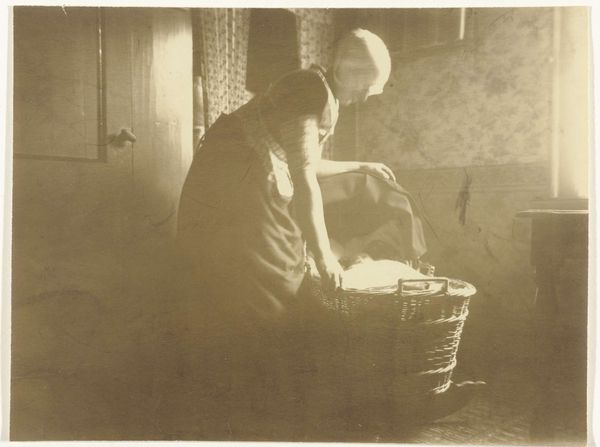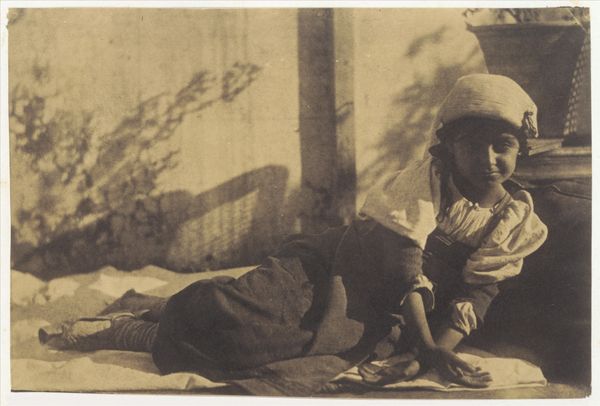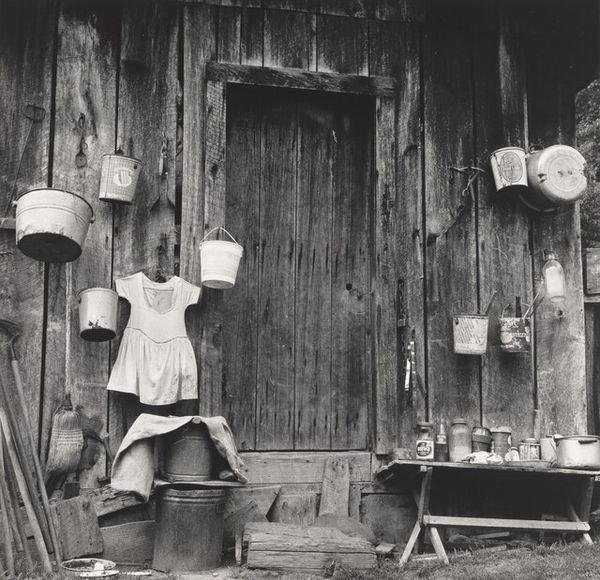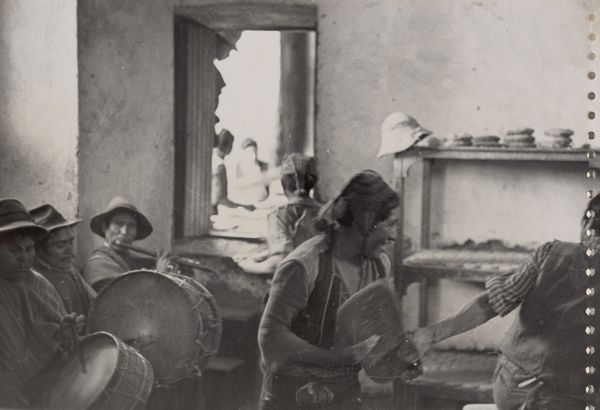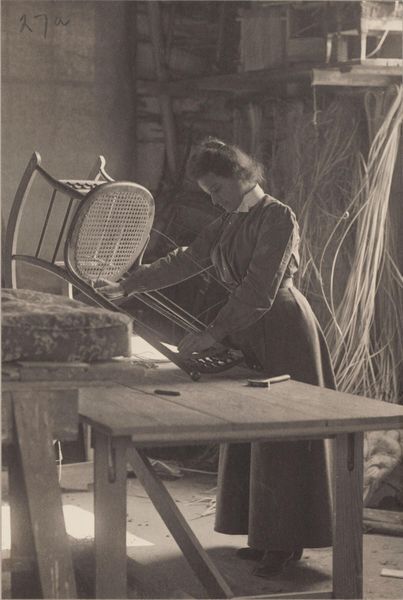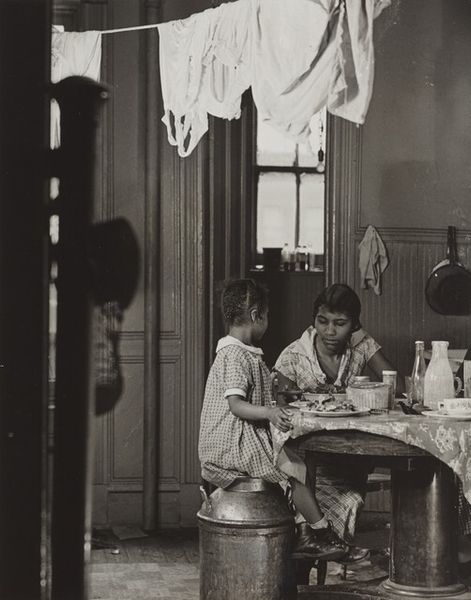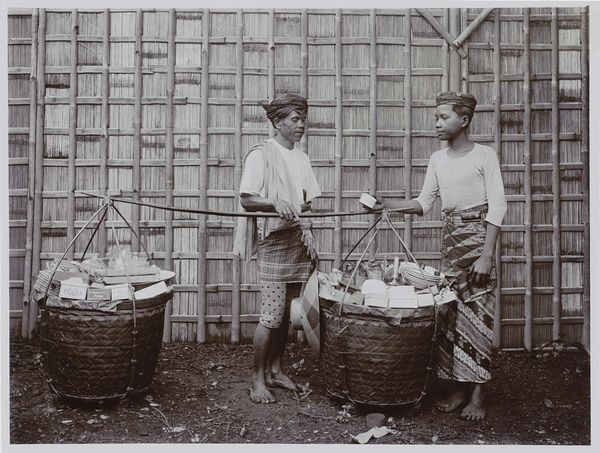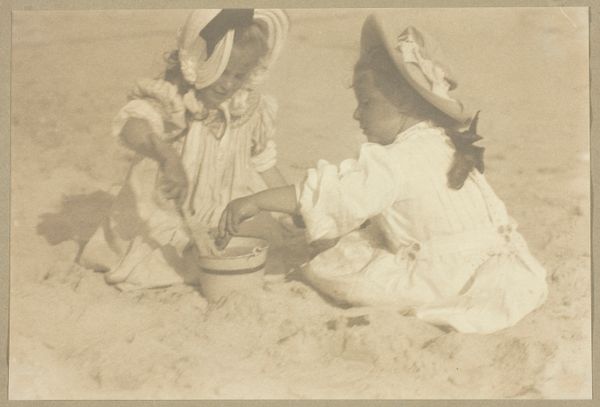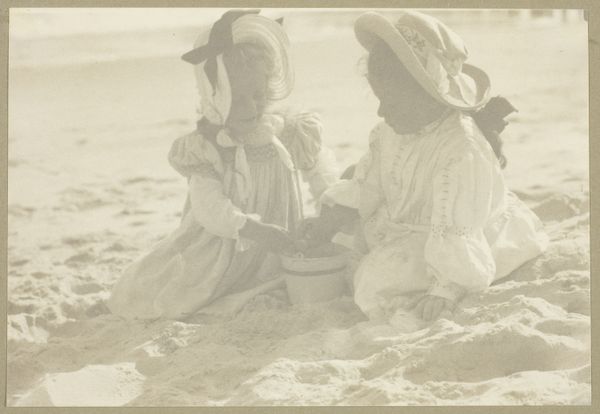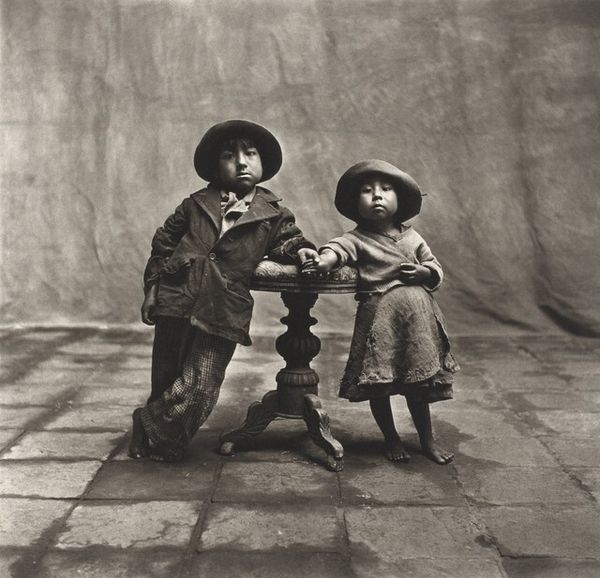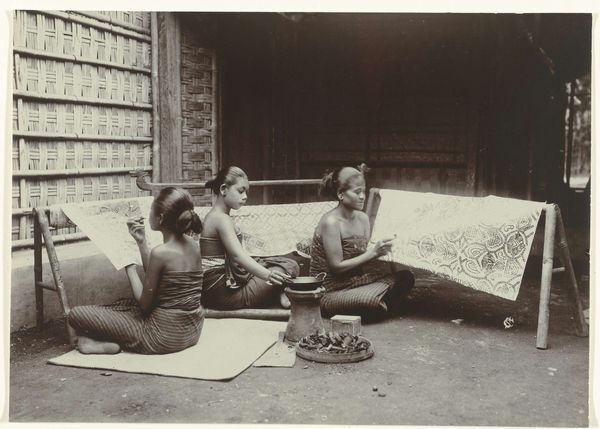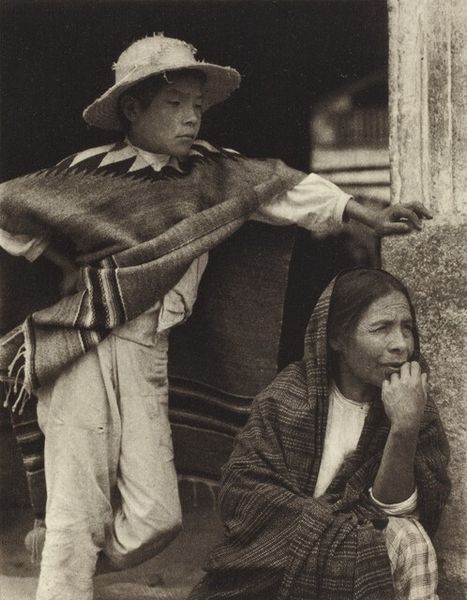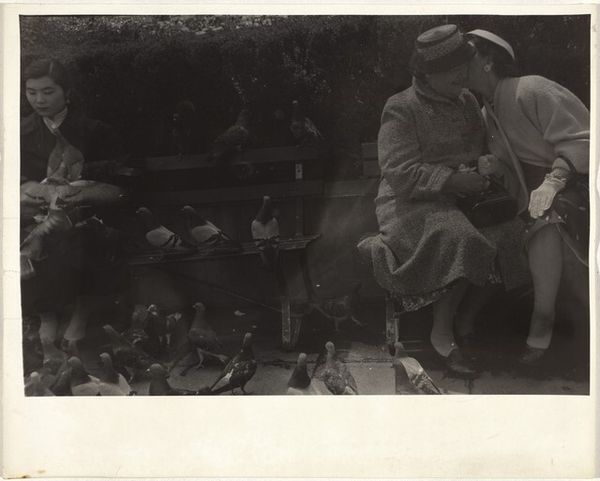
Woman and Boy Making Straw Hats, St. Thomas, Virgin Islands 1939
0:00
0:00
photography
#
portrait
#
african-art
#
black and white photography
#
social-realism
#
photography
#
black and white
#
genre-painting
#
realism
Dimensions: image/sheet: 23.18 × 31 cm (9 1/8 × 12 3/16 in.)
Copyright: National Gallery of Art: CC0 1.0
Editor: This photograph, “Woman and Boy Making Straw Hats, St. Thomas, Virgin Islands” was taken by Marvin Breckinridge Patterson in 1939. It captures a serene moment, a woman and a boy deeply engrossed in their craft. What aspects of its historical context should viewers consider when looking at this work? Curator: It’s crucial to consider the social and economic climate of St. Thomas in 1939. The Virgin Islands, then a U.S. territory, were grappling with the lingering effects of the Great Depression, and craftwork like hat making often provided vital income. The image presents us with an important window into labor practices, particularly those involving women and children in colonial contexts. Who were the intended consumers of these hats, and how might that relationship have influenced the subjects' lives? Editor: So, it's about more than just a quiet scene. It raises questions about the economy, labor, and even colonial power dynamics at play? Curator: Precisely. Think about the choice of black and white. How does this contribute to a sense of timelessness or perhaps, reinforce a certain aesthetic expected of documentary photography of that era? The framing also invites consideration. Note how the woman, centrally placed, and boy, on the left, take prominence, in a structured, almost formal portrait despite the informal setting. This contrasts sharply to the role that visual media and museums often played in portraying people of color from colonized lands. Editor: That's a compelling way to look at it. So much is communicated in a single frame – the struggles, the creativity, and even the inherent power imbalances. I wonder how the contemporary audience viewed this versus how we interpret it now? Curator: Indeed. Our understanding is undoubtedly shaped by our awareness of postcolonial studies and a critical examination of representation. It is always useful to interrogate our present assumptions when viewing art of the past. What seems quaint to one may reflect deep inequities when further examined. Editor: Thank you for putting it in perspective, I initially only considered its formal aesthetic qualities. Now I recognize the value and meaning this picture gains from understanding history and economic conditions in place. Curator: Exactly! I have a refreshed awareness of considering composition not just visually, but in how it shapes our historical understanding.
Comments
No comments
Be the first to comment and join the conversation on the ultimate creative platform.
